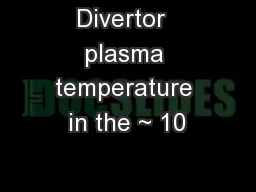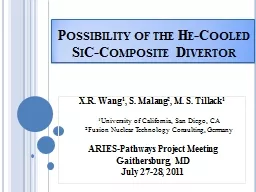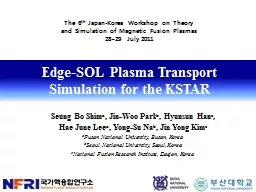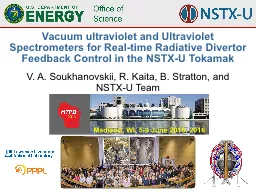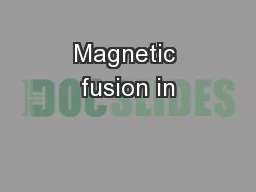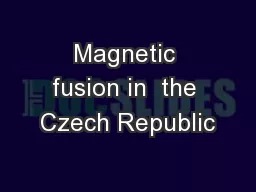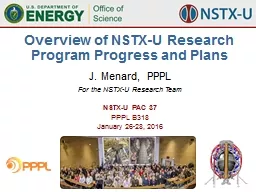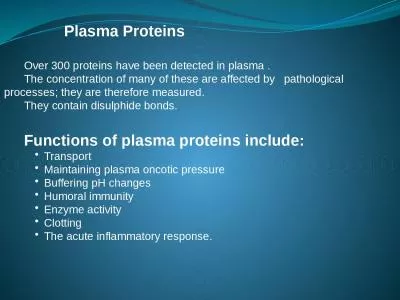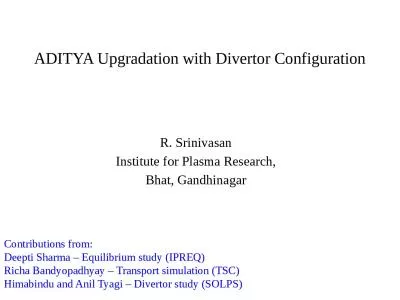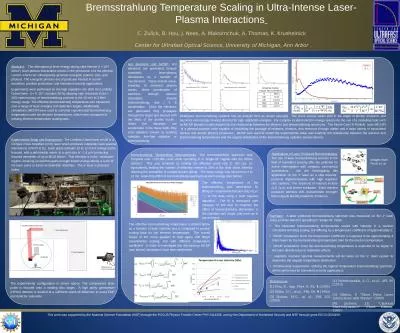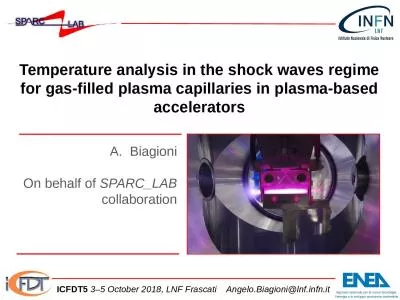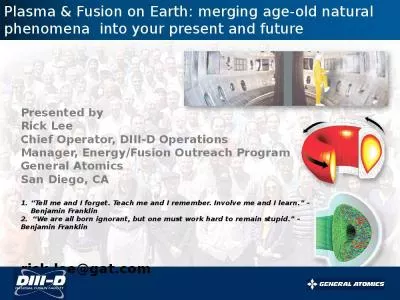PPT-Divertor plasma temperature in the ~ 10
Author : faustina-dinatale | Published Date : 2018-02-05
eV range where GROSS sputtering yield of tungsten drops to 10 X greater than the required NET sputtering yield Reactor divertor lifetime 10 8 s requires net erosion
Presentation Embed Code
Download Presentation
Download Presentation The PPT/PDF document "Divertor plasma temperature in the ~ 10" is the property of its rightful owner. Permission is granted to download and print the materials on this website for personal, non-commercial use only, and to display it on your personal computer provided you do not modify the materials and that you retain all copyright notices contained in the materials. By downloading content from our website, you accept the terms of this agreement.
Divertor plasma temperature in the ~ 10: Transcript
Download Rules Of Document
"Divertor plasma temperature in the ~ 10"The content belongs to its owner. You may download and print it for personal use, without modification, and keep all copyright notices. By downloading, you agree to these terms.
Related Documents

